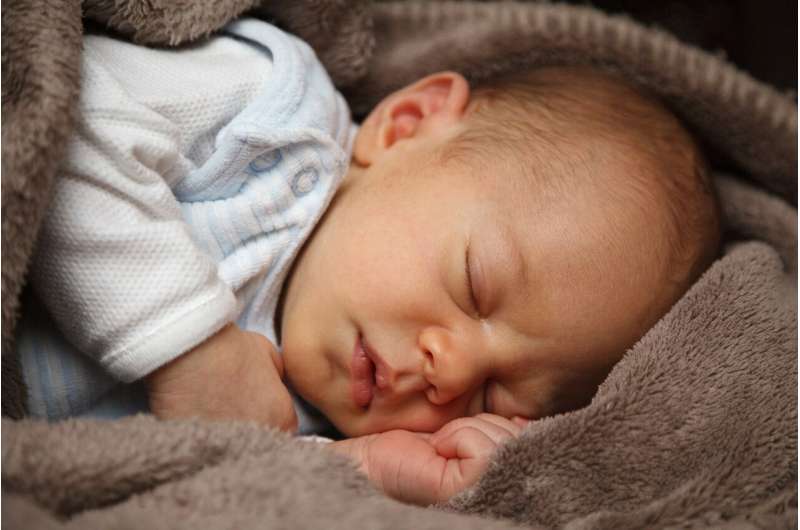This article has been reviewed according to Science X's editorial process and policies. Editors have highlighted the following attributes while ensuring the content's credibility:
fact-checked
peer-reviewed publication
trusted source
proofread
New anesthetic technique proves safe in children

A new high-flow oxygen technique is as safe as standard anesthetic methods during tubeless upper airway surgery in children, according to University of Queensland research. The research was published in The Lancet Respiratory Medicine with an accompanying editorial.
Associate Professor Susan Humphreys from UQ's Child Health Research Centre led a randomized controlled trial that compared the standard delivery of oxygen during anesthesia with a technique which delivers oxygen at much higher rates via small nasal prongs.
"Children under general anesthesia for surgery to correct a problem inside their airway are at risk of low oxygen levels, and surgery often needs to be interrupted to increase oxygenation," Dr. Humphreys said.
"Our trial showed high-flow oxygen delivery during anesthesia for tubeless airway surgery was uninterrupted and successful in 89% of cases, compared to 88% of cases using standard care. The nasal high-flow technique gives anesthetists a second option in deciding how best to deliver oxygen to children undergoing this type of surgery."
The High-Flow Oxygen for Children's Airway Surgery trial, known as HAMSTER Trial, is the largest ever of its kind.
It examined anesthetic outcomes in 497 children aged up to 16, and involved anesthetists and ear, nose and throat surgeons across 5 Australian tertiary hospitals.
Co-author Professor Andreas Schibler from Queensland's Wesley Research Institute said tubeless upper airway surgery was a common but complex procedure, in which the anesthetist and surgeon share the same operating field—the upper airway.
"Microlaryngoscopy, where the surgeon inspects the upper and lower airway for abnormalities, requires the anesthetist to use a tubeless oxygen delivery method to allow complete unobstructed viewing of the entire airway," Dr. Schibler said.
"The results of this trial eliminate uncertainty about the optimal oxygenation methods during this type of surgery, as both high-flow oxygen and standard care seem equally safe. This marks a significant advancement in oxygenation options in pediatric airway anesthesia knowledge."
The Queensland Children's Hospital, The Children's Hospital at Westmead, Women's and Children's Hospital, South Australia, Royal Children's Hospital, Victoria, and Perth Children's Hospital participated in the study.
More information: Susan Humphreys et al, High-flow nasal oxygen for children's airway surgery to reduce hypoxaemic events: a randomised controlled trial, The Lancet Respiratory Medicine (2024). DOI: 10.1016/S2213-2600(24)00115-2
Thomas Engelhardt et al, Paediatric anaesthesia: it is not only what you do, but how you do it, The Lancet Respiratory Medicine (2024). DOI: 10.1016/S2213-2600(24)00145-0





















